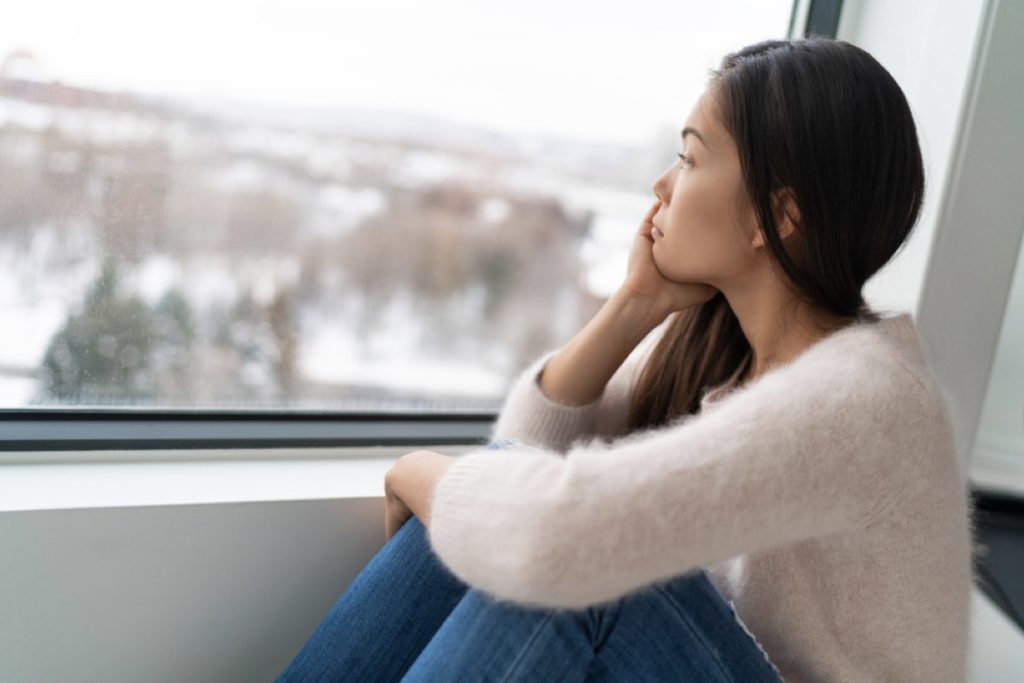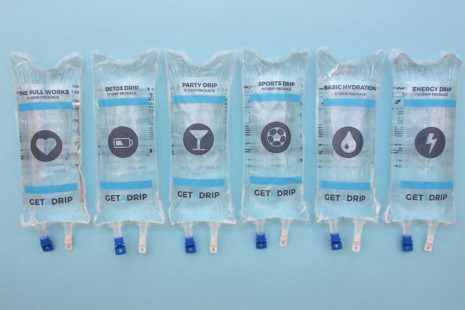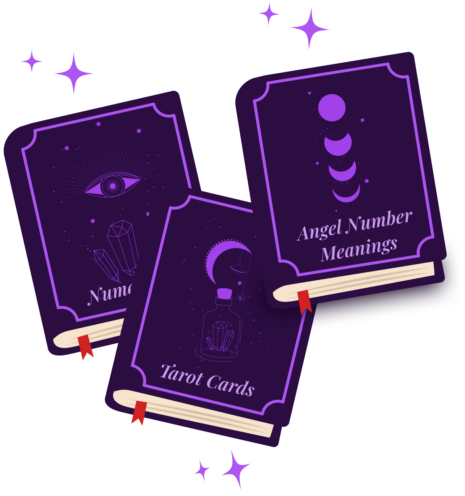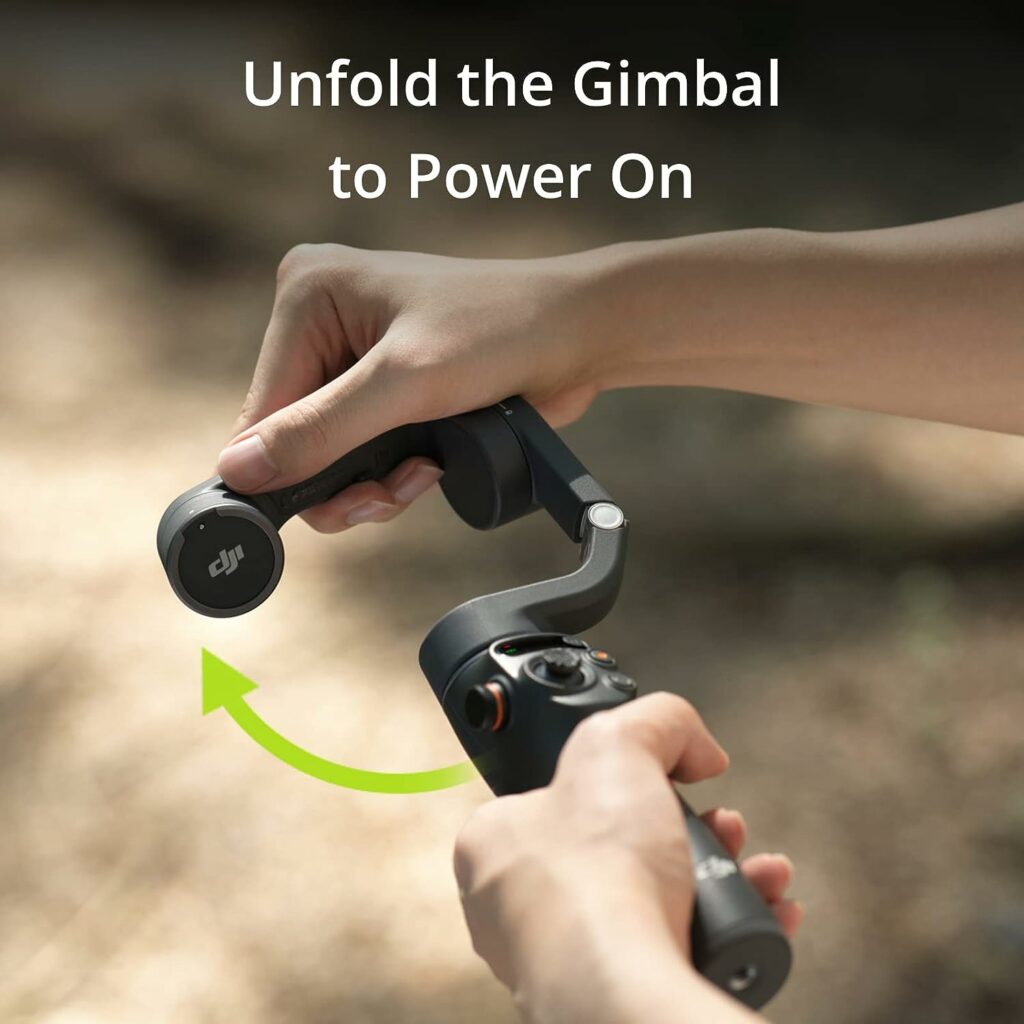Skin tends to be a bit, well, grey, this time of year. You may be feeling the shorter days and lack of sunshine mentally, too. Seasonal Affective Disorder is real – here’s how to approach it…
What is it?
David Brudö is the CEO and co-founder of mental health and self-development app, Remente.
“Seasonal affective disorder (SAD) is a type of depression that people can experience during particular seasons of the year, most commonly in the winter, whether they have normal mental health throughout the year, or not.
The signs of SAD include, but are not limited to, low mood, irritability, changes in appetite, and a lack of energy.
SAD can show up in different degrees and while it may be mild for some, others can suffer from more severe symptoms that can have a significant impact on daily life and activities. In serious cases, SAD can even lead to suicidal feelings. If you think that you have SAD and are struggling, please make sure to seek professional help.”
What causes it?
David goes on, “while we are not certain as to what causes SAD, it is often linked to the changing seasons and exposure to sunlight, disrupting hormone levels of serotonin and melatonin, which regulate mood and sleep. If you feel a lack of energy and low mood as the season change, but you do not feel that it is severe enough to seek help from a GP, there are some slight lifestyle changes you can make that could help you.”
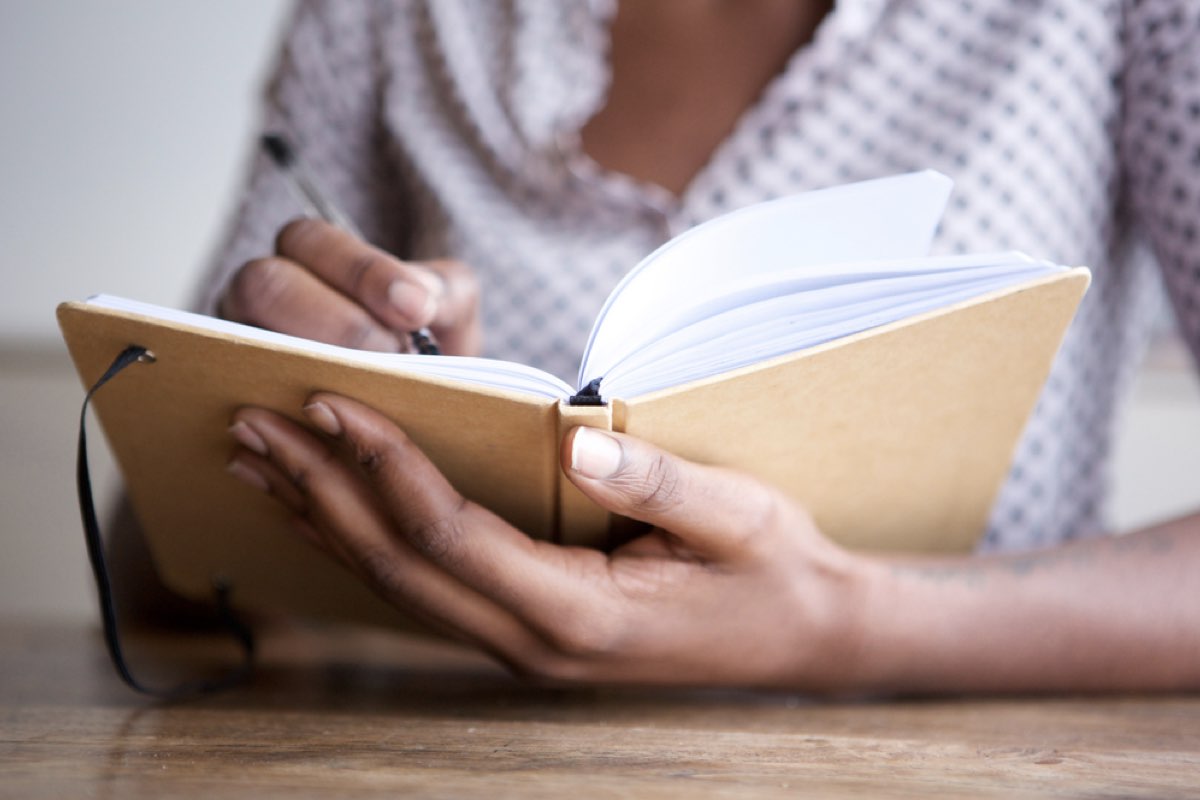
David’s tips
Journaling
“Where there is an imbalance in your life, you want to take your power back. The goal is to feel happier in both yourself and in your relationships. Easier said than done, but a tool that can help is keeping a journal. There are so many benefits to journaling. These include helping you work out where the problem is coming from and trying to solve it. Perhaps most important, journaling is an outlet for processing emotions. Doing so on an ongoing basis can help increase self-awareness. There are lots of apps that can help you journal, such as Evernote.”

Exercise
“It might seem impossible to get outdoors to exercise when it’s cold and rainy. But a regular exercise routine can make you feel significantly better. Exercising produces endorphins, leaving us feeling happier, and improving things such as quality of sleep. If a run outside is too much, then why not book in some classes at the gym. You could even exercise from the comfort of your home.”
Go outside
“In the winter months, we don’t get enough sunshine. As result, we do not absorb enough vitamin D. Try to go outside in the daylight whenever possible. If your route allows for it, then the easiest way to get outdoors on a daily basis is to walk to and from work, or by joining an outdoor exercise group. You should also avoid wearing sunglasses (but never look directly at the sun) to get the most out of the light. Finally, when you’re indoors, keep your blinds open to let as much natural light in as you can.”
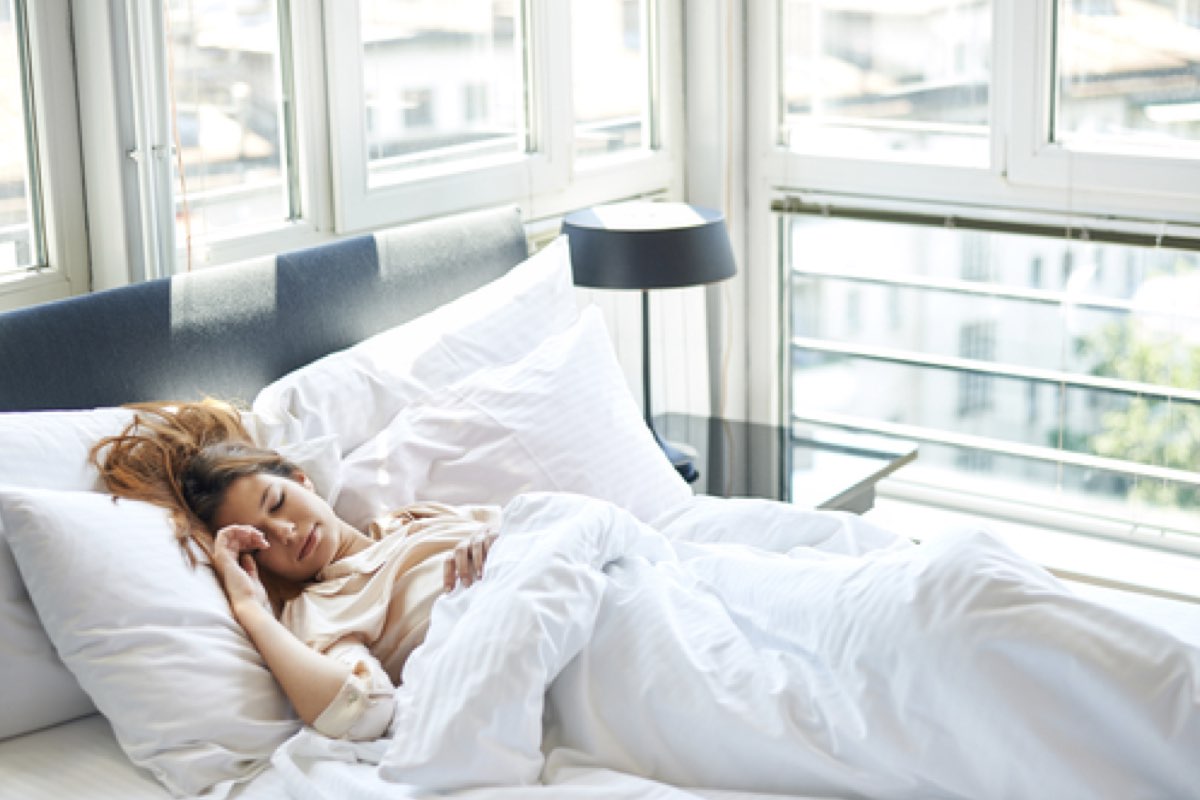
Sleep well
“Practising sleep hygiene will leave you feeling happier. It will also make you more productive on a day-to-day basis, so try to go to bed and wake up at the same time that you normally would throughout the year. Adults need about 7-8 hours, but it varies, so try to find what is best for you. If you have a hard time unwinding, try a short meditation session before bed.”
Just know you’re not alone in seasonal affective disorder – and spring is hopefully not too far away.
Get your weekly DOSE fix here: SIGN UP FOR OUR NEWSLETTER
